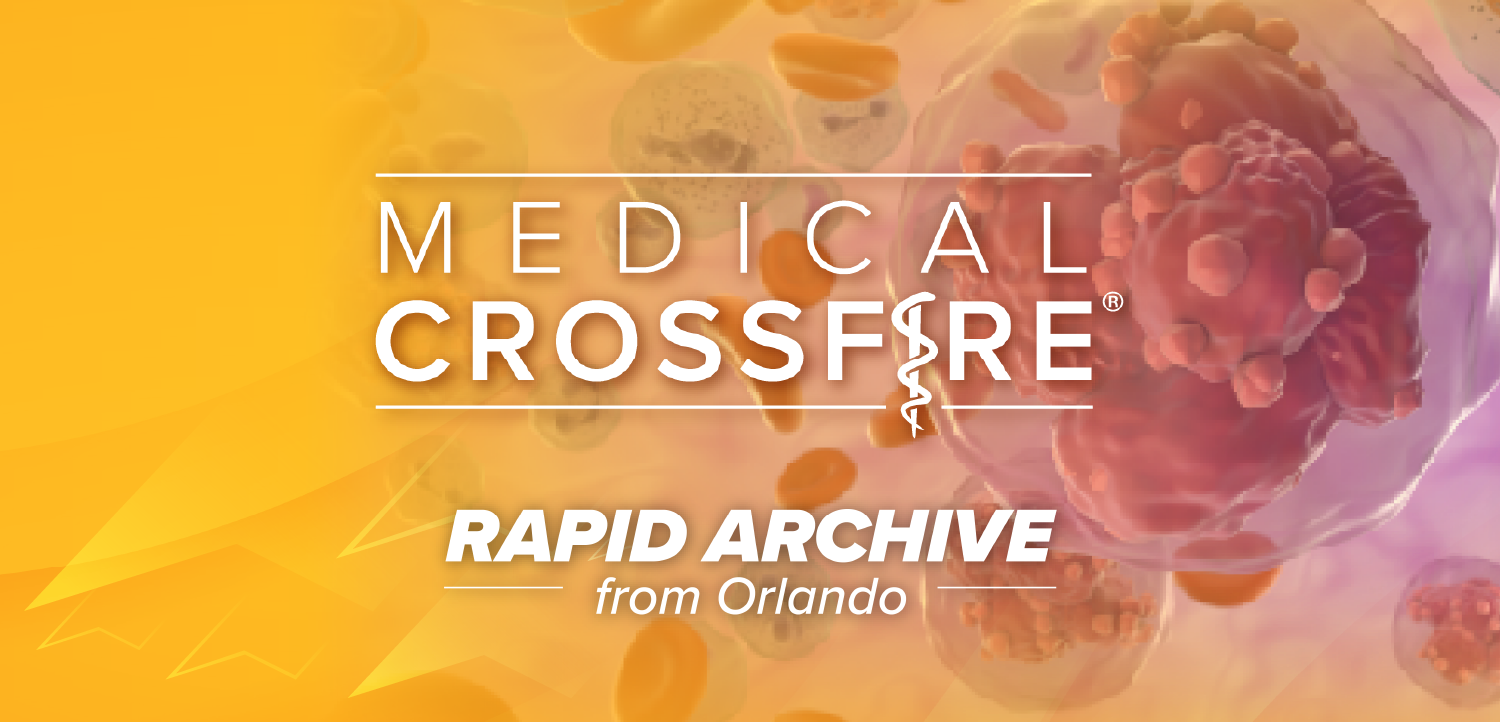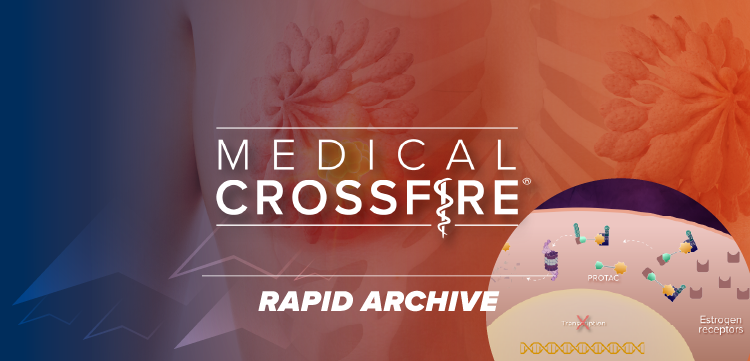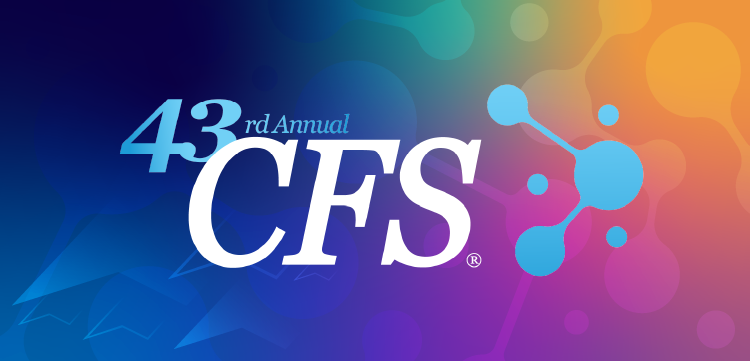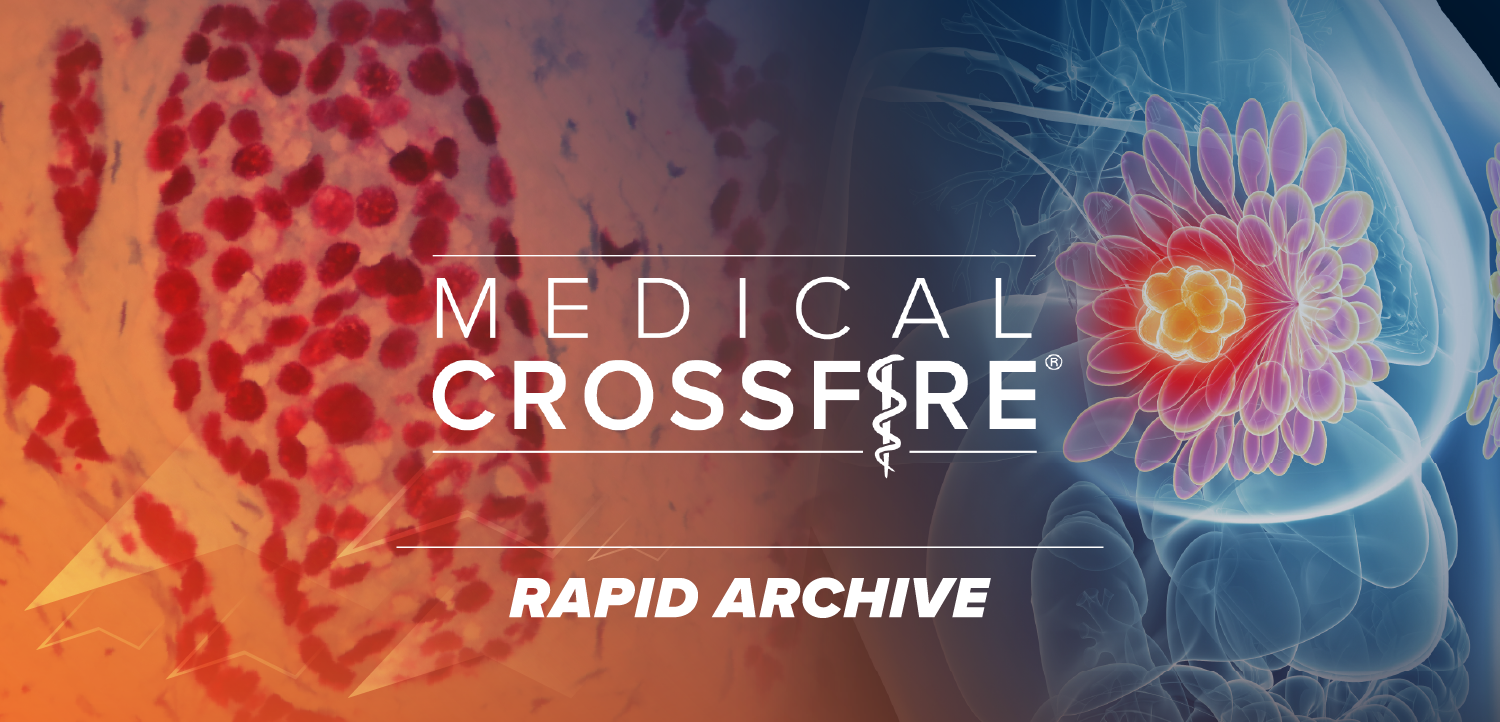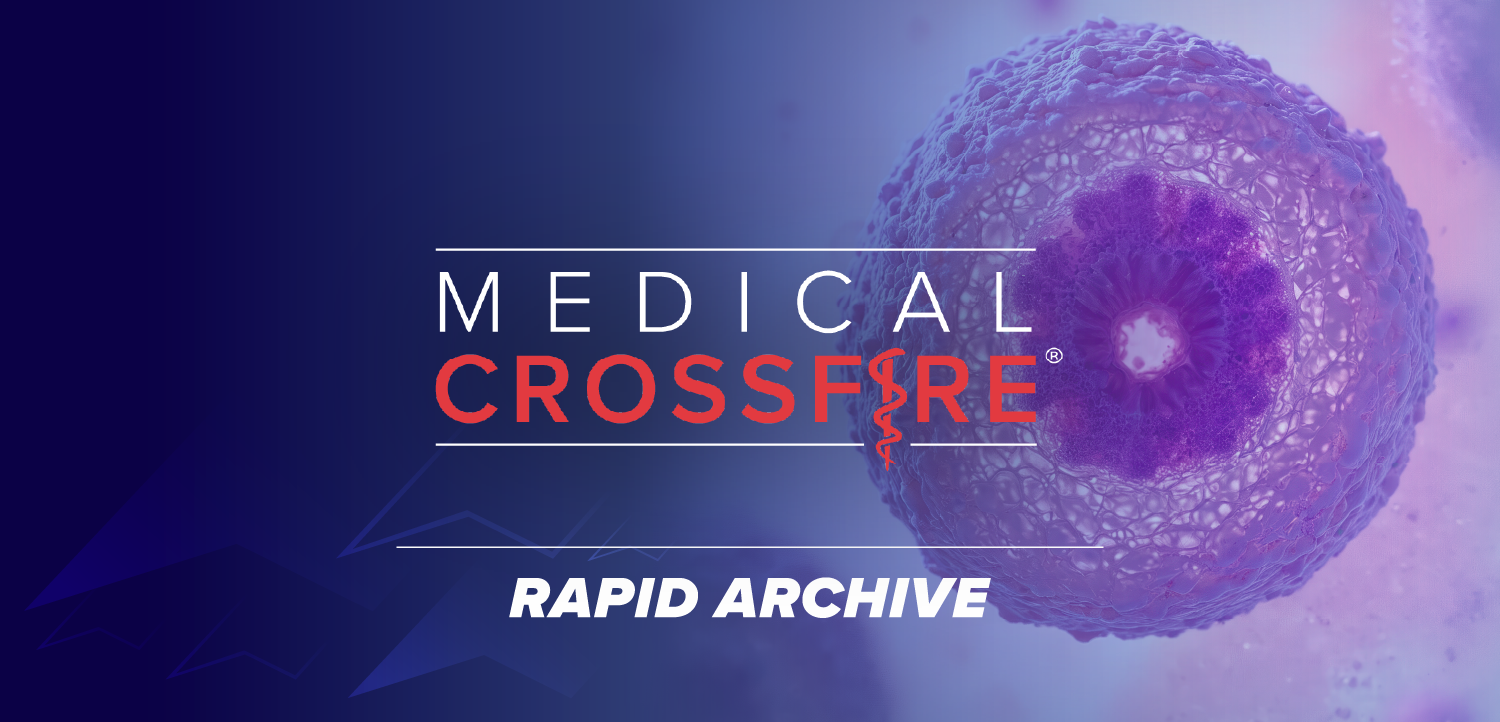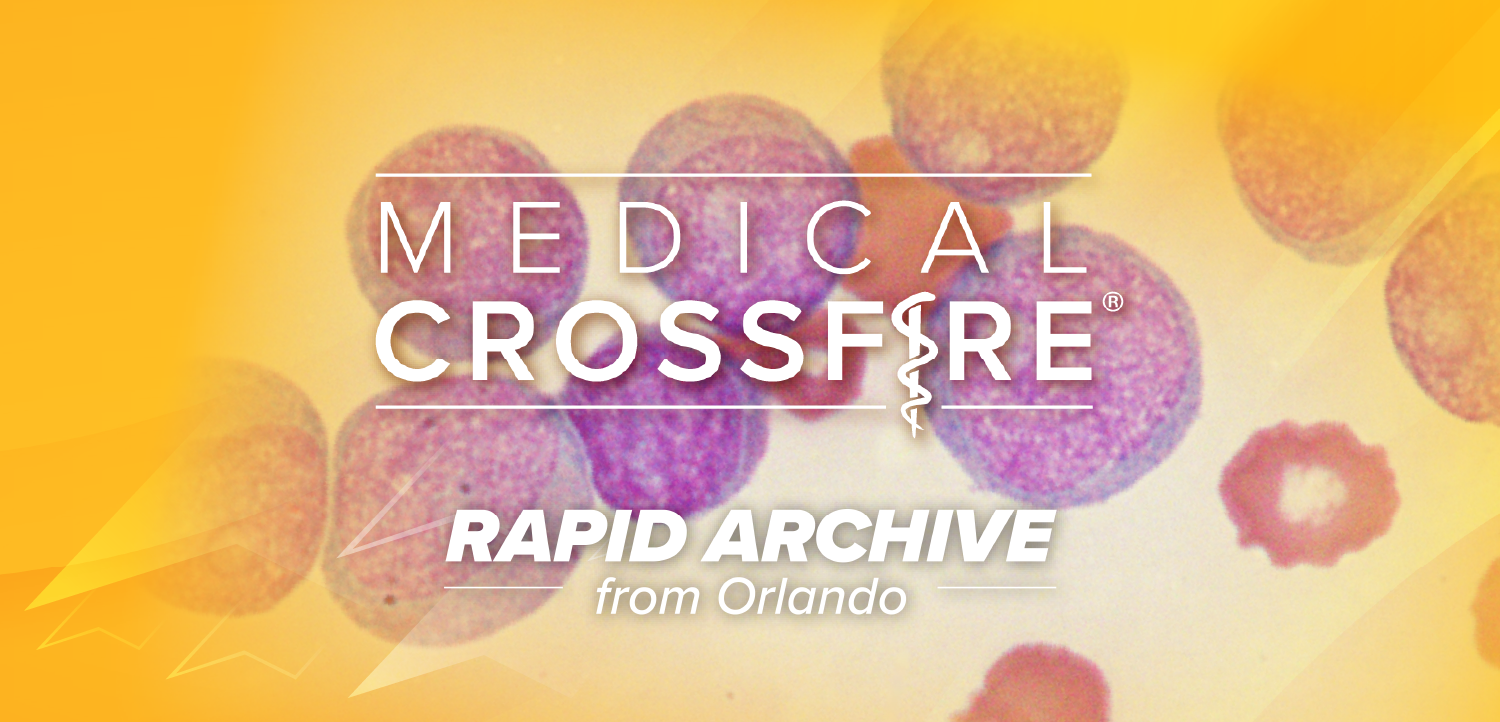
Tools and Tactics for Measuring Atopic Dermatitis Severity in Practice
An expert discusses practical strategies for assessing atopic dermatitis severity, highlighting simple yet effective tools such as the Investigator Global Assessment (IGA) scale, palm-based body surface area (BSA) estimation, and the Pruritus Numerical Rating Scale (NRS) to guide personalized treatment and improve symptom tracking in routine clinical care.
Episodes in this series

This section focuses on how to assess the severity of atopic dermatitis, particularly in clinical trials and practical settings. Although several standardized tools exist, the most commonly used both in trials and real-world practice is the IGA scale, a straightforward 5-point scale rating disease from “clear” to “very severe.” Other assessment methods used in research involve detailed evaluations of redness, thickness, scaling, and BSA involvement, but these are typically too complex for everyday use. A practical method often employed in clinic is the “palm rule,” where a patient’s palm represents approximately 1% of their BSA, allowing for a quick estimation of disease extent.
A key measure emphasized is the Pruritus NRS, which gauges itch severity on a scale of 0 to 10. This tool is highlighted as especially important because itch is often the most distressing symptom for patients. It provides a simple yet effective way to track symptom progression and treatment response across visits. The speaker notes that patients frequently go to great lengths—such as using ice or hot water—to relieve itching, underscoring the need to break the itch-scratch cycle through effective management. Documenting itch severity also supports clinical decisions and insurance justifications for more advanced treatments.
Ultimately, determining the severity of atopic dermatitis in clinical practice involves a holistic approach. The speaker combines BSA estimation, pruritus intensity, and the disease’s impact on daily life to assess and tailor treatment plans. Asking patients directly how eczema affects their routines, sleep, or activities provides essential context. Although detailed scoring systems may be reserved for trials, a focused set of simple tools—IGA, BSA via the palm method, and the pruritus scale—are sufficient for evaluating severity and guiding effective, personalized care in day-to-day dermatology.
Newsletter
Enhance your clinical practice with the Patient Care newsletter, offering the latest evidence-based guidelines, diagnostic insights, and treatment strategies for primary care physicians.















